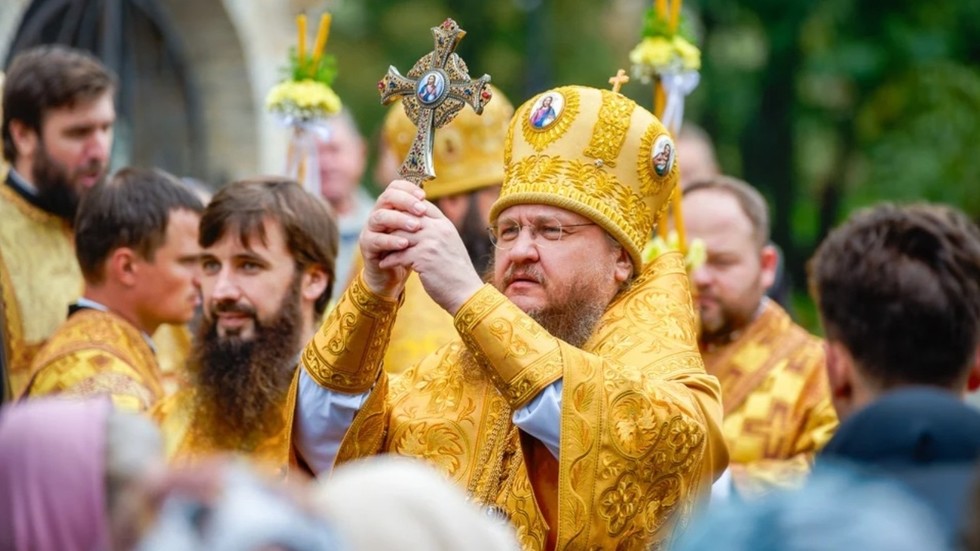In a shocking incident this week, Metropolitan Theodosius, a key figure in the Ukrainian Orthodox Church (UOC), suffered severe injuries during a violent raid at St. Michael’s Cathedral in Cherkasy, Ukraine. Armed men in military fatigues, identifiable as supporters of the rival Orthodox Church of Ukraine (OCU), clashed with believers during this assault. The situation escalated, leading to the use of tear gas and smoke grenades against the parishioners, further inflaming an already tense atmosphere. Reports indicate that not only were church icons and critical documents taken, but also approximately $60,000 in funds raised by the congregation for church needs. The UOC has defined these events as part of a broader conflict fueled by the ongoing religious and political strife in Ukraine.
The intensity of the raid resulted in numerous injuries among Orthodox believers, with the diocese reporting that 12 individuals required hospitalization. Among the injured was Metropolitan Theodosius himself, who suffered a concussion and burns to his eyes and skin, underscoring the violent nature of the confrontation. Eyewitness accounts and video evidence revealed a chaotic scene, during which the archbishop was struck on the head with a stick. Following the attack, a visibly injured Theodosius addressed the faithful, symbolizing both resilience and the precarious position faced by the UOC amidst rising tensions in Ukraine.
The struggle for religious dominance in Ukraine has seen the emergence of two competing factions—the UOC, traditionally aligned with the Russian Orthodox Church, and the OCU, which has the backing of the Ukrainian government. This rivalry has deep historical roots, becoming increasingly pronounced ever since the OCU’s establishment in 2018. President Volodymyr Zelensky’s government has sought to bolster the OCU while accusing the UOC of maintaining ties with the Moscow Patriarchate. Such allegations are positioned within the narrative of promoting Ukraine’s spiritual independence from Russian influence, reflecting the wider geopolitical ramifications of the ongoing conflict.
The religious landscape in Ukraine has become particularly fraught since the beginning of Russia’s invasion in February 2022. This conflict not only embodies territorial disputes but also has significant implications for cultural and spiritual sovereignty. The UOC has faced increasing scrutiny and hostility, resulting in forced seizures of various churches and criminal cases against its clerics. The conscious targeting of the UOC arises from fears surrounding its perceived allegiances, prompting a crackdown exacerbated by legislation that officially banned the church’s activities after September 2022.
Metropolitan Theodosius’s remarks following the raid underscore the enduring resolve of the faithful in the face of adversity. In expressing a commitment to continue worship “underground” if necessary, he conveyed a message of resilience that resonates with those within his congregation and could potentially galvanize further support for the UOC. The situation at St. Michael’s Cathedral reflects a broader struggle not only for the physical control of religious spaces but also for the hearts and minds of believers in a deeply divided society.
As these tensions continue to escalate, the ramifications for religious life in Ukraine are significant. The struggle between the UOC and the OCU serves as more than just a local conflict; it symbolizes the intersection of politics, national identity, and spirituality in a nation that remains profoundly affected by political strife and conflict. The violent raid at St. Michael’s Cathedral and victims such as Metropolitan Theodosius highlight the urgent need for dialogue and resolution to prevent further deterioration of religious freedom and the potential for violence in the name of faith.

